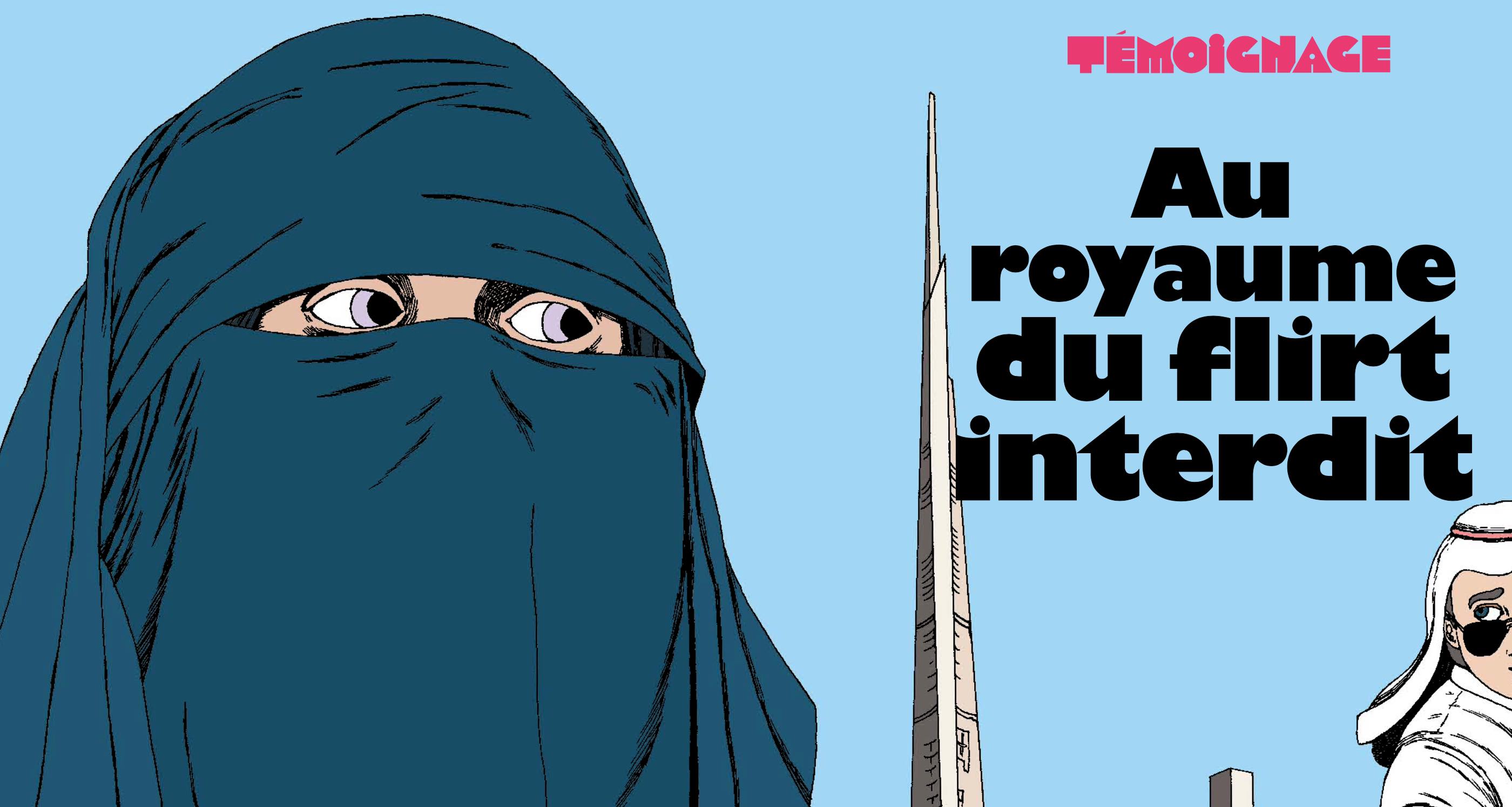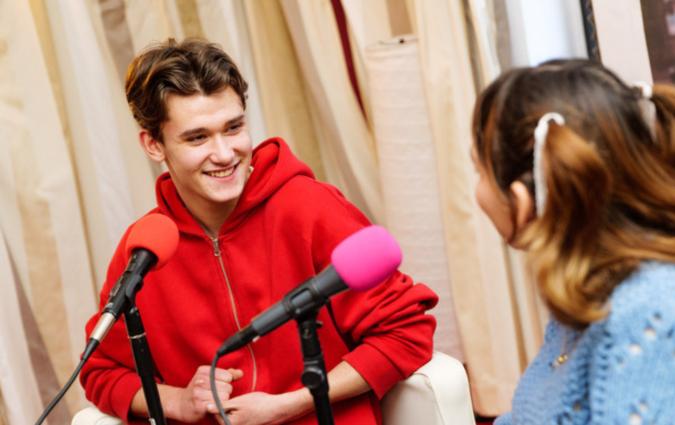(Very) young audiences: How a magazine uses comics to tell the news to French kids

The cover of TOPO's latest issue, courtesy of TOPO
Despite the media industry’s efforts to reach young audiences, one demographic remains particularly underserved: kids. Apart from a handful of stand-out examples like the BBC’s long-running ‘Newsround’ or Vogue’s spinoff edition Teen Vogue, there aren’t many news products aimed specifically at children and teenagers.
TOPO, a Paris-based illustrated news magazine, sees this as an opportunity. “People tend to think that kids and teenagers aren’t interested in news, but there are plenty of ways to get young people interested in current affairs,” says Laurence Fredet, who has been co-editor-in-chief at TOPO since it launched in 2016.
TOPO’s strategy is simple: tell the news through comic strips. The magazine, whose print edition comes out every other month, publishes news articles exclusively in a graphic-novel format. It presents itself as being ‘for those under 20 years old (and others)’, but its core target is 13-15 year olds.
“Using comics gives us the time and space to provide context that young people need for each story,” says Fredet. “Plus, we can often convey that information in a playful or interesting way.”
The magazine was established in 2016 as a ‘little sister’ to La Revue Dessinée, a quarterly magazine which uses the same graphic-novel format to tell the news to adults. Each edition is made up of 144 pages of full-colour comic strip articles, covering everything from international politics to science to pop culture – as well as regular features on topics which affect teenagers and kids specifically, like puberty.

The editorial process
Despite its ambitious scope, TOPO is created by a small team. Fredet, whose background is in traditional print journalism, serves as co-editor-in-chief along with the graphic novelist Thomas Cadène. The magazine also has an artistic director and a graphic designer, as well as two fact-checkers, a community manager, and commercial and production colleagues who split their time between TOPO and La Revue Dessinée.
Each article is the result of a collaboration between a print journalist and a cartoonist, who Fredet and Cadène commission and pair from a pool of freelancers.
“The journalist is not a cartoonist and the cartoonist is not a journalist. Both are very aware of their limits, but also of the knowledge they bring to the team,” explains Fredet. “So they really ‘ping-pong’ from the text to the visual elements to put the storyboard together.”
The editors also pay particular attention to their audience’s needs when commissioning and editing articles.
“We have to keep in mind that kids and teenagers will have very different reference points than adult readers. For instance, our readers weren’t alive when [the attacks of] 11 September 2001 happened, and they may not know who Catherine Deneuve is,” Fredet explains. “So we always aim to place ourselves in their world and not make assumptions.”
The tone is key too. “I don't want to make ‘positive news'”, says Fredet, who doesn’t like when people sugar-coat things for kids. “At the same time, we have a real responsibility towards our young readers to not completely depress them.”
That’s where TOPO’s comic-strip format offers a real advantage. By relying on drawings and speech bubbles rather than photographs and text, the magazine can discuss difficult topics in visual and engaging ways, without veering into the dull, the frightening, or the graphic.

“For instance, we did a piece on how teenagers in Saudi Arabia try to flirt with each other despite social restrictions. Some of those testimonies were very sad,” Fredet says. “But thanks to the graphic-novel format, we were able to tell these stories in a lighter way, even with a bit of humour, while staying true to what they said and keeping their quotes verbatim.”
The magazine has recently covered Putin’s censorship of journalists in Russia, how clothing brands use logos to attract young consumers, how the climate crisis is threatening the survival of small island states and why teenagers tend to have bad body odour.
The revenue model
TOPO currently counts around 5,000 subscribers. While most of these are individual subscribers, around 1,500 of those are institutional subscriptions by schools and libraries. The magazine also sells an average of 5,000 copies on newsstands and bookshops across France, Switzerland, and Belgium at a cover price of €14.90. The subscription and sales numbers are roughly double for its ‘big sister’ La Revue Dessinée, which has been around twice as long.
“Subscriptions have been growing steadily for both magazines since the beginning,” says Sylvain Ricard, publishing director and co-founder of both La Revue Dessinée and TOPO .
A digital PDF version of both magazines is available, but online is not the team’s focus:
“Our comics don't read well on phones or tablets, because the cartoonists design their storyboards with a full-page view in mind, with interacting left and right panels,” Fredet says. “We offer a PDF version, but sales for those are tiny.”
“In the future, we’d like to explore the possibility of making the magazines phone-friendly, but that would require a big digital transformation project,” says Ricard. “You’d need to rework the layout of each comic, box by box, and we don't have the means to invest in that at the moment.”
Both magazines also stick to a firm ‘no ads’ policy to ensure complete editorial independence: “It’s very important to us to offer ad-free independent journalism, so we are financed only by our readers,” Fredet says.
While La Revue Dessinée receives a small government subsidy (€15,000 per year), TOPO does not. Both magazines have also co-published a number of full-length graphic novels in partnership with publishing houses, which helps supplement their revenue. These have included a best-selling graphic novel on the toxic effects of green algae (which itself resulted in a film deal), and graphic-novel editions of investigative stories done in collaboration with Mediapart. In 2021, the group brought in an annual revenue of €2.5 million, of which TOPO contributed €800,000.
Of course, the nature of TOPO’s core demographic does pose an inherent challenge for retention, as people don’t stay in their target age group for long - though this isn’t necessarily a problem for Fredet and her colleagues: “As they grow up, teenagers will sometimes swap their TOPO subscription for a subscription to La Revue Dessinée,” she says. “And actually, many of our readers are adults!”
Until recently, this model was allowing TOPO to break even and be self-sufficient within the group. But as the price of paper has almost doubled in the last year, production costs have soared and the magazine is struggling to stay afloat.
The strategy going forward is to focus on institutional subscriptions, which can both offer a stable revenue stream and reach more readers via classrooms and school libraries.
“Ideally, our goal would be to get 8,000 schools around France subscribed to the magazine,” Fredet says. “That's what we're working on now. It takes time because we are a very small team, but I believe there is enormous room for growth.”
In every email we send you'll find original reporting, evidence-based insights, online seminars and readings curated from 100s of sources - all in 5 minutes.
- Twice a week
- More than 20,000 people receive it
- Unsubscribe any time





